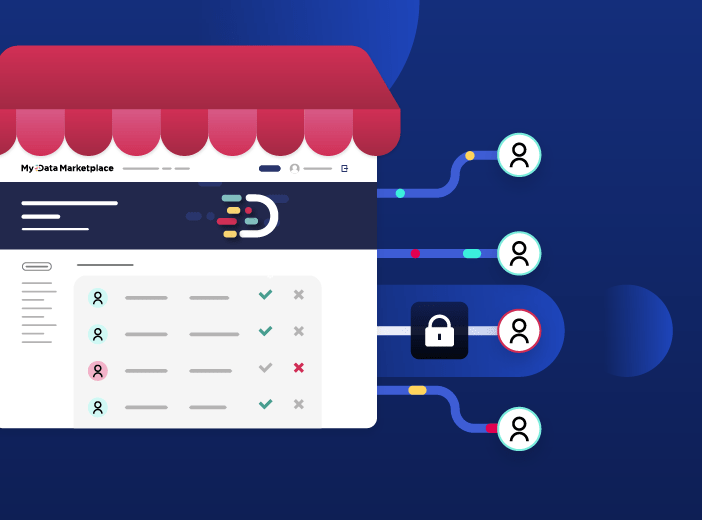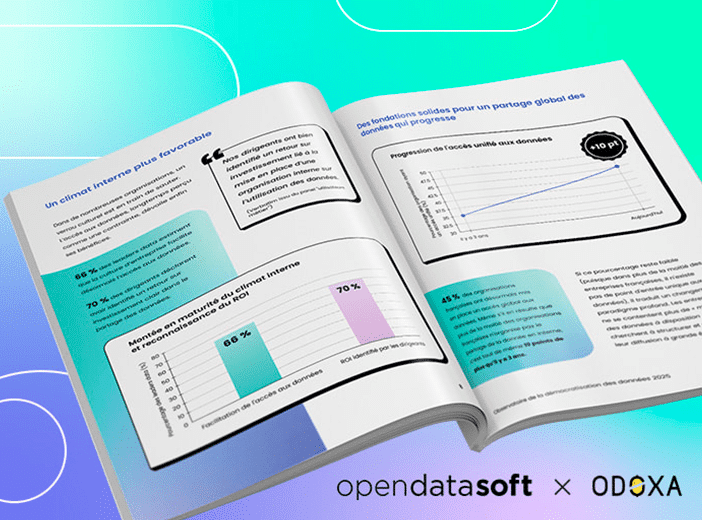Glossary
Geographic Information System (GIS)
A Geographic Information System (GIS) is an information system that gathers, manages and analyzes spatial and geographic data.
GIS is an essential tool for better managing geographic data. Thanks to the greater availability of geospatial data (such as from satellites) and the development of Big Data, the entire mapping process has been digitized and enhanced through new data sources. A Geographic Information System is essential to managing and using this digital data efficiently and gaining full value from it.
What is a Geographic Information System (GIS)?
A Geographic Information System (GIS) is an information system that gathers, manages and analyzes spatial and geographic data. It aims to help organizations process and analyze geographic data, to better manage their activities and gain greater value from geospatial data..
Organizations in all sectors can use a GIS to map and identify networks, production sites, customers, competitors, suppliers, or points of sale, using this information to optimize their operations.
Most data records have a geographic element which could be as simple as an address, enabling it to be shown on a map via a GIS. Geographic data used within a GIS can also take different forms (such as points, lines, arcs, etc.), which again can be displayed via GIS mapping.
With a GIS organizations can define their own geographic data infrastructure, ensuring that their system best meets their needs. This delivers greater flexibility and makes analysis and gaining value much simpler. Data can be retrieved and enriched in real-time, making the whole manipulation of geospatial data intuitive and scalable.
How does a Geographic Information System (GIS) work?
To function, geographic information systems require:
- Hardware: computers, servers and storage devices where data is saved.
- Software: GIS solutions include features to manage databases and data stores as well as enabling the exploitation, analysis and visualization of geographical information.
- Cartographic data: this is the most important aspect of a GIS. This is normally geographic and tabular data that can be internal to the organization or from an external source, especially if on an open data portal.
- Users: GIS systems are aimed at both the public and private sectors. Users require training and skills to fully exploit GIS systems.
4 examples of Geographic Information Systems (GIS)
Today, GIS systems can be used for multiple applications, by businesses as well as by public agencies, schools, and local authorities.
Here are some examples of geographic information systems:
- Health: the first time a GIS was implemented was during the cholera pandemic in the Soho district of London in 1854. Using pen and paper, Dr. John Snow conducted a study to locate all the patients and their water sources. This made it possible to determine the origin of the pandemic – a particular public water pump that was contaminated. This model, updated to use modern technology, was used most recently during the coronavirus epidemic.
- Land use planning: municipalities can use GIS to better understand the activities of businesses, citizens and traffic. This can be used to promote mobility, limit urban traffic, build new infrastructure in the right locations, protect the environment, and better manage resources.
- Real estate management: geographic information systems gather mapping data of a particular city or a district, showing property prices, taxation bands and amenities. Real estate agents can use this information to find homes that meet the criteria of particular buyers.
- Road traffic: software such as Waze or Google Maps identifies all vehicles, accidents or hold-ups, allowing drivers to take alternative routes, limiting traffic jams and ensuring traffic flows more effectively.
These are just a few examples of the multitude of applications that geographic information systems can enable.
Learn more

Everything you need to know on data products for business users
It can be hard to understand exactly what a data product is, given the many ways that the term is defined and applied. To provide clarity this article provides a business-focused definition of a data product, centered on how it makes data accessible and usable by the wider organization, while creating long-term business value.


